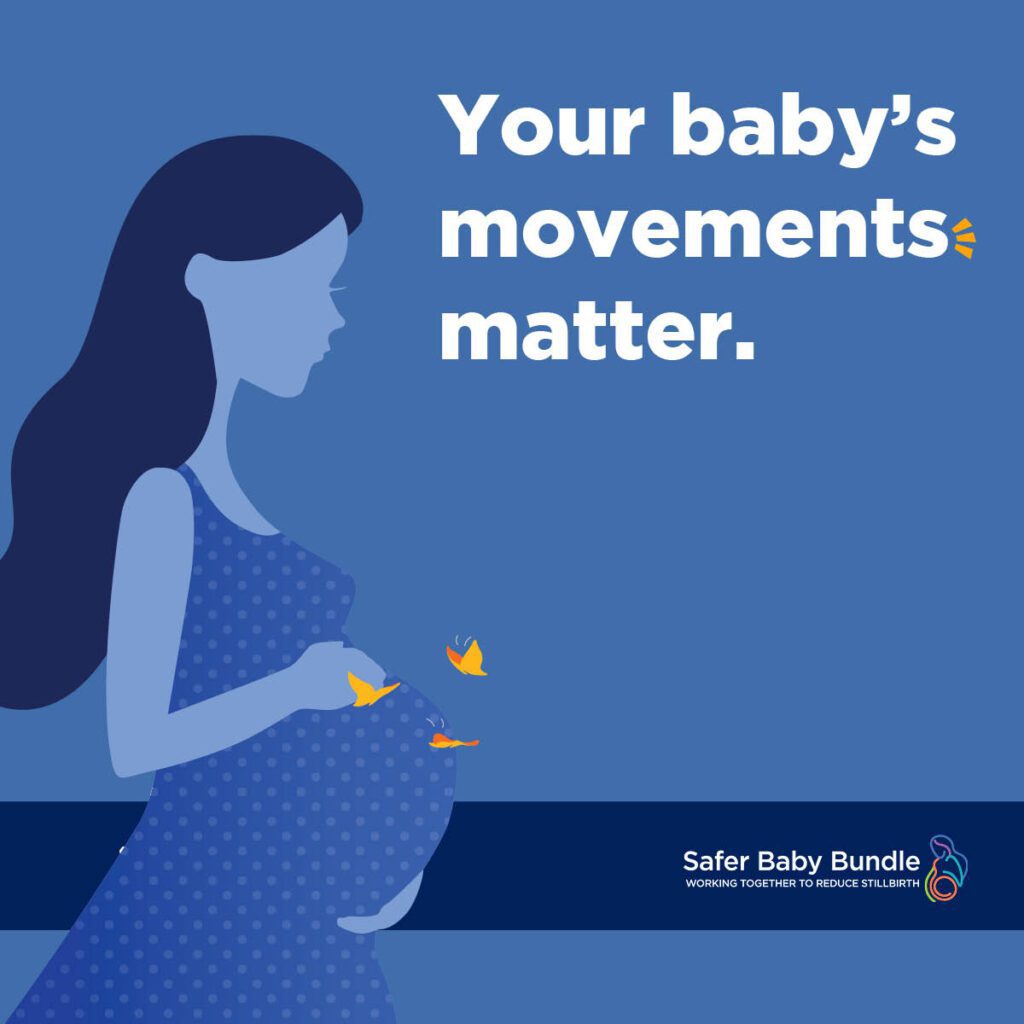
Getting to know the pattern of your baby’s movements is important – it is a way your baby can tell you that they are well. There is no set number of normal movements. You should get to know your baby’s movements and what is normal for them.
You will start to feel your baby move between weeks 16 and 24 of pregnancy, regardless of where your placenta lies, and you should feel your baby’s movements right up until they are born, even during labour. A baby’s movements can be described as anything from a flutter or a kick, to a swish or a roll. If you are concerned about a change in your baby’s movements, contact your midwife or doctor immediately. You are not wasting their time.